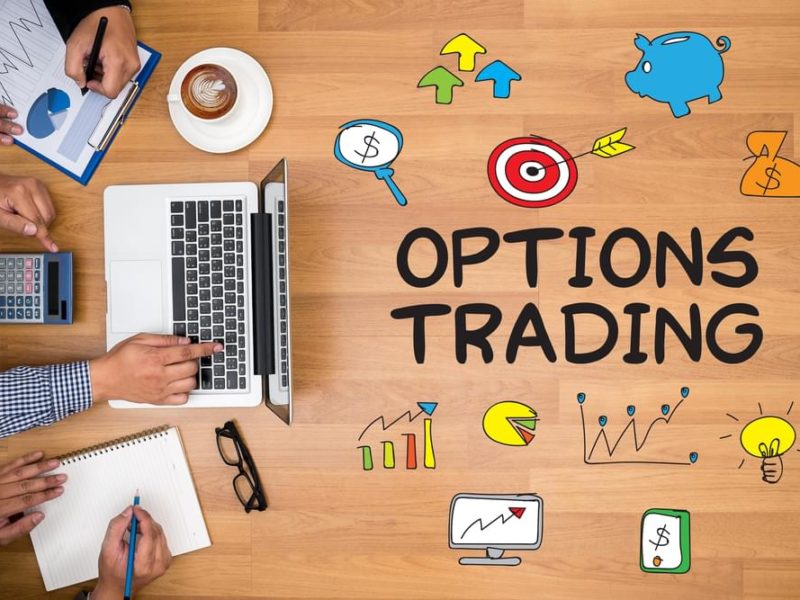Gain Financial Freedom with CFD Trading
Contracts-for-difference (CFD) trading is an over-the-counter market most popular in the United Kingdom, Europe, Hong Kong, South Africa, and Canada. Given the lack of regulatory oversight, CFD trading is not permitted in the United States. At its root, CFD trading is a contract between a trader and a broker to exchange the value difference of a CFD from the opening and closing on the contract.
Advantages of trading CFD include:
- Worldwide market access
- No borrowing stock or short rules
- Higher than standard trading leverage
- Ability to trade multiple markets (commodity, currency, stock, index, etc)
How do traders trade a CFD?
Time is one of the critical variables of contracts-for-difference trading. For every CFD exchange, there are two trades that occur (the first trade opens the position and the second is a (reverse trade) closing of the position). Breaching a CFD contract early is detrimental, which is why experienced traders are the most active market participants for CFDs.
Pressing forward, gaining financial freedom with CFD trading is done through two primary avenues. The first, and most difficult, is becoming a CFD trader on your own and tackling the learning curve. Many CFD traders nowadays started out in different industries but gravitated towards CFDs for their low-cost advantages and lack of regulatory oversight.
All the same, what you’ll find common among those successful would be the continual application of a consistent trading strategy. Powerful trading strategies to consider for CFD trading include Price Action Trading Strategy, Scalping, Fading, Momentum, and Daily Pivots.
The second and far easier way to make money with CFD trading is enrolling with a consistent and successful CFD service provider. This service provider can be a signal service, an automated trading system, a semi-automated Robo-advisory, or an arbitrage-based software. Make sure when vetting that you verify the provider’s service record, company information, and user reviews.







